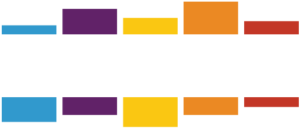It’s no secret that lawyers have to create a ton of documents during the course of their work.
But the process of drafting and updating documents can be a burden. Lawyers and their staff spend significant time and energy creating documents that are largely the same but for a few details.
If you could get some of that time back, your law firm could become more productive and serve more clients.
Enter document automation tools.
With document automation, you create legal documents faster than ever. You can also build templates to use again and again as needed. And that’s just scratching the surface.
If you want to cut down on the time it takes to create things like client intake documents, contracts, court forms, and even emails, document automation software may be the productivity tool your law firm needs.
Document Automation vs. Document Management
Document automation and document management are related operations. Some of the most popular document management tools for lawyers come with document automation features. Still, they fulfill two different use cases.
Document management tools give law firms a central place to keep their documents. They’re a repository to securely store, share, and organize important law firm files.
Many of these tools also focus on helping lawyers keep documents organized so that they can find and reference them at will.
Document automation helps lawyers create the documents that eventually end up in a document management system.
These tools use everything from fillable forms to templates to speed up drafting. As a result, they allow you to generate documents like briefs, filings, and contracts quickly.
For instance, an estate planning lawyer might use document automation to customize inputs for a person’s will. A personal injury lawyer might use document automation to capture details for a demand letter.
Document management and automation tools can and do work in conjunction with one another. Both can save time, create consistent processes across the firm, and improve your client experience.
Benefits of Document Automation for Law Firms
Document automation brings a variety of advantages to legal practices. The time savings that accumulate from using these tools lead to major benefits down the line.
Enhanced Productivity and Efficiency
If you spend a lot of your time drafting documents, it’s likely that you repeat some work when you don’t need to. Automation helps you cut down on time lost on that repeatable work.
Using document automation to templatize your regular work can save time. The time you save gives you a chance to direct your energy elsewhere in your firm.
Even if it’s using a tool like TextExpander to cut routine 5-minute emails down to 5-second ones, it’s a great way to improve productivity as a lawyer.
Improved Accuracy and Reduced Human Errors
Legal documents require accuracy and attention to detail. If you and your staff draft by hand or use copy-and-paste templates, human errors will crop up.
You can improve your accuracy through document automation.
Automated templates and fillable forms don’t just speed drafting or data entry up. These tools can reduce time spent on correcting mistakes or double-checking that you got everything right.
For example, some document automation tools were designed to automate client intake interviews.
Tools like Gavel and Knackly allow you to set up guided interview forms for new clients to fill in with their information. Once the form’s filled in, the tool creates a brand-new intake document for you.
This not only shortens a time-consuming process but also ensures accuracy along the way.
Faster Client Service and Turnaround Times
The time savings from the benefits above also gives you more time to focus on impactful work.
Automating documents lets you direct your staff’s attention to other, more important matters. By reducing the amount of effort you have to put into document drafting or data gathering, you and your staff have more time to serve more clients.
Imagine that a typical contract takes you three hours to draft and review before sending it to a client. Automating part of that process may cut your time down to one hour. As a result, you can now get things out to clients faster and have room to handle more cases.
Document automation software for lawyers comes with a wide variety of features. To choose the right tool for your law firm, it’s best to determine which features are most likely to improve client services.
Essential Features to Look for in Legal Document Automation Software
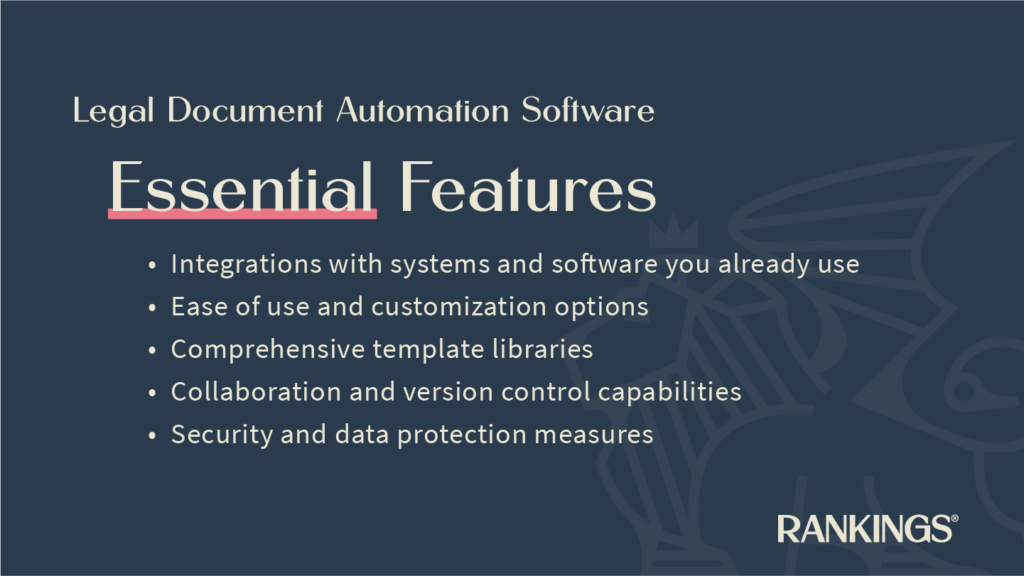
There are plenty of document automation solutions on the market for attorneys. This includes both standalone document automation tools and broader tools that include document automation features.
Some of the most common features in document automation tools to consider are:
- Integrations with systems and software you already use
- Ease of use and customization options
- Comprehensive template libraries
- Collaboration and version control capabilities
- Security and data protection measures
What matters most when selecting something is determining what you want the tool to do. Having all the features above doesn’t mean this is the best tool for you.
The applications of document automation tools are many and varied. You may want a tool specifically for text snippet replacement to speed up email drafting. In that case, you may not need version control capabilities.
Another consideration when comparing features is the people who will use the tool. Staff members who deal with document creation every day may have a wish list of features that would help their workflows. They may be able to give you real insights into what features they need the most.
Top Document Automation Software Solutions for Law Firms
We’ve rounded up the best document automation software options lawyers could use. Some of these are only for document automation.
Others are grander in scope and incorporate document automation features into a practice management tool.
Lawyaw
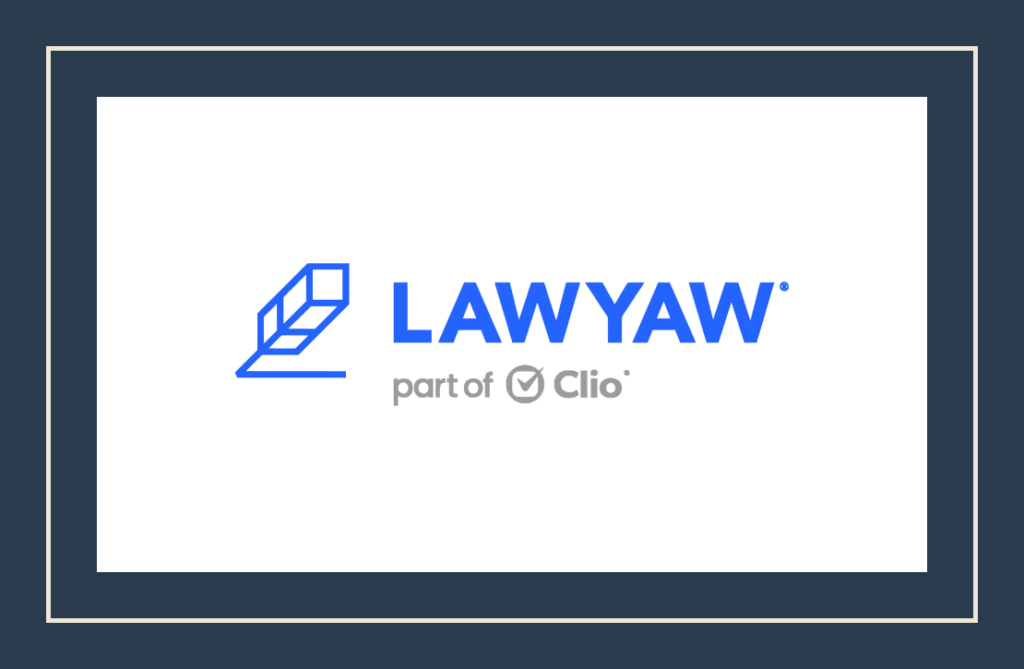
Lawyaw’s primary focus is on helping lawyers automate filling out court forms. This tool comes with a library of thousands of fillable forms for courts around the country. It also has add-ons to help lawyers create editable templates in Microsoft Word.
This tool’s user interface is consistently one of the most popular features among lawyers.
One big downside is that the tool doesn’t yet offer client interviews or client-facing. While the simplicity appeals to many, it may not offer enough functionality if you want to automate more than court filings.
Pricing for Lawyaw starts at $70/month per user.
It integrates with:
- Word
- Clio
- Zapier
Gavel (Previously Documate)
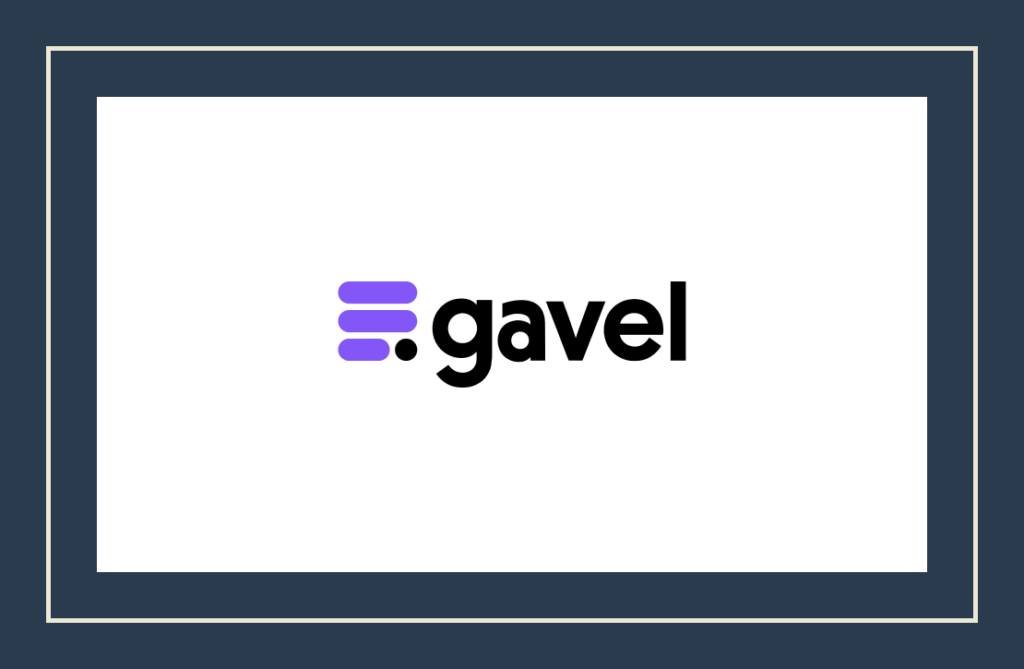
Gavel’s document assembly and automation program equips you with template and form creation abilities. You can also create workflows to share across your firm.
One edge it has over some other tools is that you can use guided interviews within the tool. Another helpful feature is that you can populate data in documents from a Google Sheet. It also comes with a Word add-in.
There are no ready-made templates, but Gavel does have a marketplace of lawyer-built automations. Some Gavel users remark that the Zapier integration doesn’t go as far as it could. That integration is only available on a higher-tier plan too.
Pricing for Gavel starts at $83/month for 1 user.
It integrates with:
- Clio
- Zapier
- Google Sheets
- HelloSign
- DocuSign
- Stripe
Knackly

Knackly makes a bold promise to help lawyers cut 90% of their time spent creating documents.
This tool focuses on getting detailed information through client intake and other questionnaires. Then, the tool uses that information to fill in documents each time you make a new one for that client.
You can even get this information from client intake sent to your LPMS so that both systems stay in sync.
This tool has a lot of potential for tech-savvy lawyers. If that’s not you, though, the setup and initial customization may be overwhelming.
You can use the tool for guided interviews and complex automated documents, but you’ll pay for that privilege.
Pricing starts at $499 for a jumpstart package to set things up the way you want and then $75/month after that. On the plus side, it has a Word add-in and open API.
It integrates with:
- Clio
- Zapier
- Filevine
- Word
TextExpander
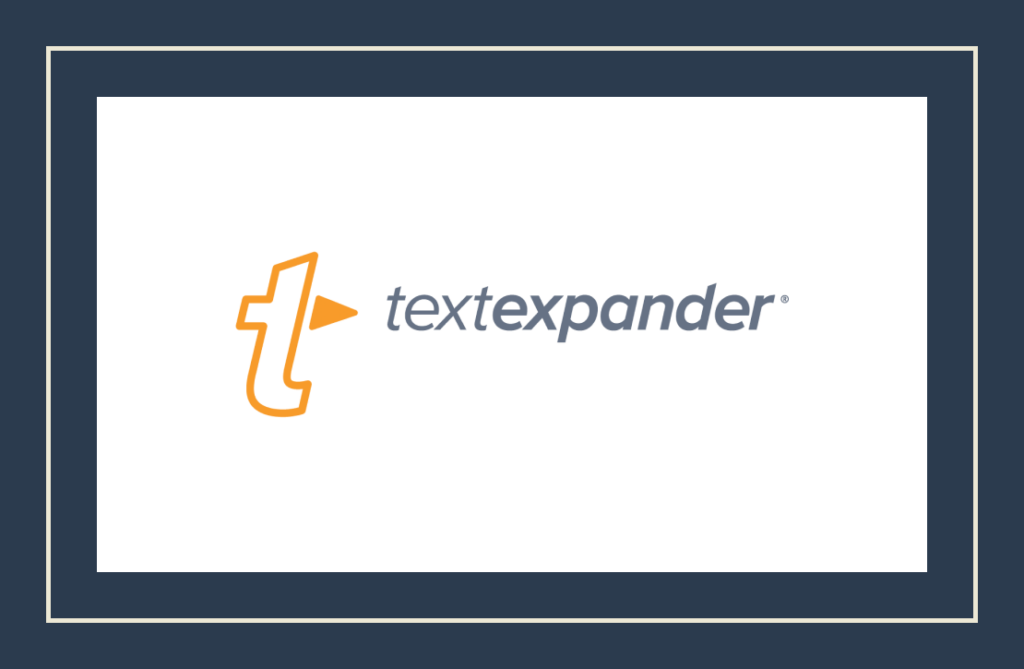
TextExpander is an incredibly powerful text replacement tool. While it wasn’t built with lawyers in mind, there’s a ton of value you can get out of it.
TextExpander lets you set trigger phrases for snippets of text that you set up in the app. You type the trigger, and TextExpander replaces it with your snippet.
That may not sound very impressive, but TextExpander also lets you set variables in your snippets. Variables can be things like dates, times, or even fillable text.
This tool is helpful if you repeatedly share the same kinds of information. You could generate entire documents with TextExpander or keep it simple with things like your email signature.
If you often send clients information like how to book a call or what to expect once a case is filed, TextExpander can make it as simple as typing a trigger phrase.
The pricing starts at $3.33/month. If you’re not sure whether it’s the right tool for you, you can take advantage of their 30-day trial.
TextExpander is a standalone tool that doesn’t have integrations. Considering its purpose as a text replacement tool, integrations aren’t a must-have here.
Clio

Clio is a law practice management tool that has document automation features within it. If you want to use one tool that covers multiple aspects of your practice, something like Clio may be a good fit.
Clio could be your one-stop shop for your law firm if you don’t yet have secure client communication, billing, or calendaring.
The native document automation inside Clio is good but takes some time to get used to. You’ll need to allot time to train your staff on how to communicate with Clio’s field requirements. It is missing a client-facing interview unless you upgrade to Clio Grow.
Clio also owns the document automation tool, Lawyaw. There is a way to combine both tools, but Clio isn’t clear on whether there’s a discount on Lawyaw when bundled.
Basic pricing on Clio’s EasyStart program is $39/month. Automated intake and other document template forms only come with the complete plan at $129/month per user.
Clio integrates with:
- Lawyaw
- LexWorkplace
- CallRail
- AxelGo
- LawDroid Builder
Smokeball

Smokeball is another fully-featured law practice management software. It handles billing, document generation, and overall case management.
When it comes to document automation, Smokeball has a few nice features. You can create custom forms specific to your law practice. You can also tap into their existing library of thousands of template documents, cutting down on your initial setup time.
For document automation, Smokeball integrates with Microsoft Word. It also integrates with:
- LawPay
- QuickBooks
- Infotrack
- Zoom
- Smith.ai
- RingCentral
Smokeball’s pricing with document automation features starts at $99/month.
NetDocuments
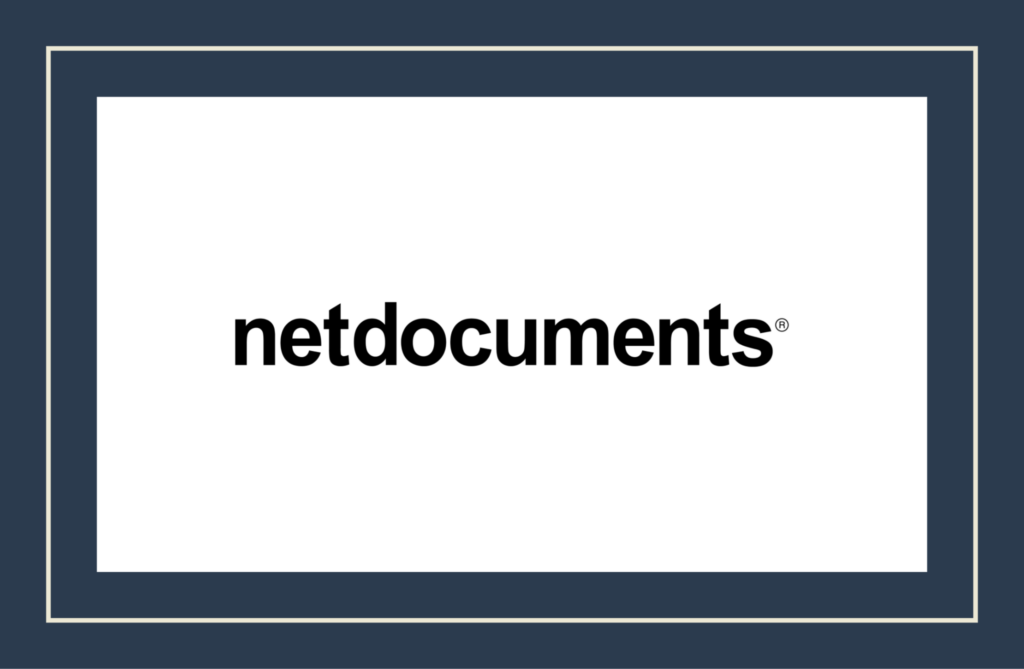
NetDocuments is a cloud-based software for legal documents with built-in document automation. This could be a great investment if you need both in your office and want one software that covers the full range of your document needs. The tool comes with in-depth version control, secured sharing, and automatic email filing.
NetDocuments recently acquired Afterpattern, a key player in law firm document automation. This acquisition means you can get the best of both document management and document automation through their PatternBuilder tool.
One of the best things about PatternBulder is that it doesn’t require any coding knowledge to get a lot out of it. You can even create complicated legal documents with conditional logic. You can build databases within the app and include as many as thousands of rows of input.
This one comes with a Word add-in, too. Further, you can also set up portals to share with your clients for self-service.
NetDocuments has custom pricing, so you’ll need to schedule a meeting with their team to determine which features you need.
NetDocuments integrates with:
- LegalSense
- Office365
- PracticeLeague
- ActionStep
- Clio
- DocuSign
Speed Up Work with Document Automation
Document automation is a valuable investment for law firms. By speeding up the document creation process, you and your firm can become more productive and deal with a greater volume of cases.
But document automation is just one aspect of using technology to get more things done in your law firm. It’s not the only way to save more time and serve more clients.
Combining document automation with other tools for lawyers can help you build a more efficient firm.
For example, Practice management software and legal research tools can make working cases easier. A legal CRM and live chat for lawyers can boost your law firm marketing engine. Timekeeping tools for lawyers can help you stay more productive and on top of billable hours.
The post Document Automation for Law Firms: A Guide to Simplifying Legal Work appeared first on Rankings.
